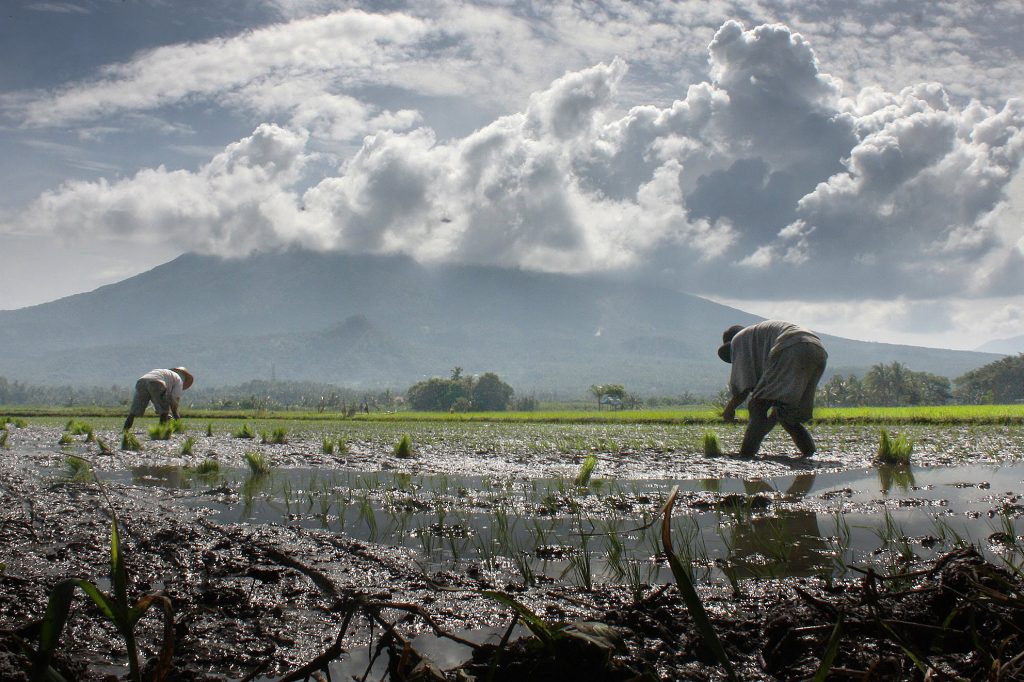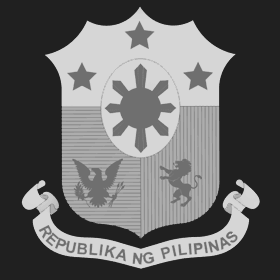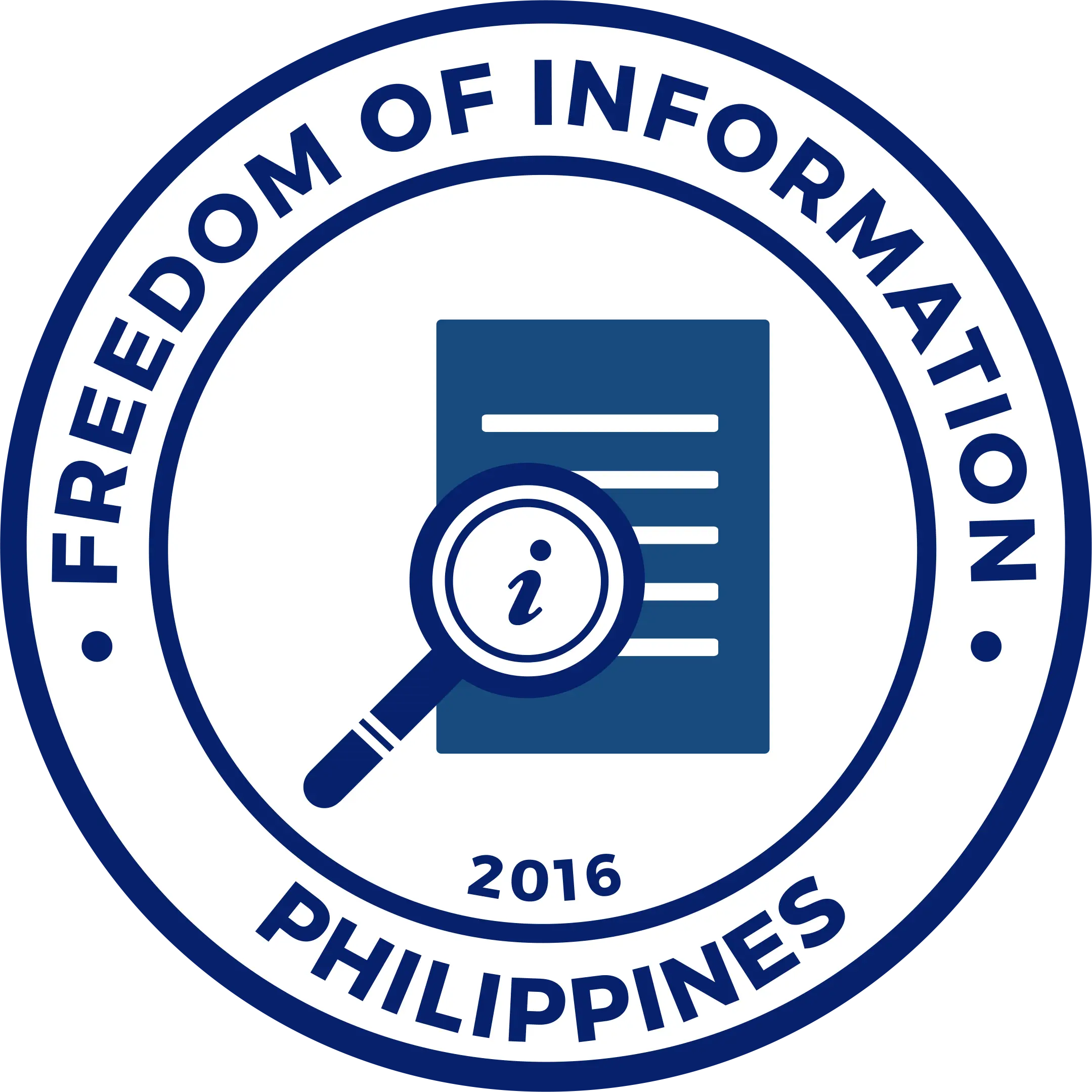
Potential of bacteria and fungi in decontaminating rice ecosystems with mine tailings was observed in the latest study conducted by the Central Luzon State University (CLSU).
According to Perfecto S. Ramos Jr, study lead, results unlocked the possibility that contaminants, pollutants, and toxins in rice fields near mining sites can still be removed through the use of helpful bacteria and fungi or in a process called bioremediation.
Results showed nine microorganisms composed of five bacterial and four fungal species, which have survived the harsh environment, can be used as decontaminants or bioremediators.
“The species of bacteria isolated from the study site have been reported to remove pollutants from contaminated environment,” Ramos said.
Results further showed species of fungi colonizing different environments such as soils contaminated with heavy metals.
Ramos and his team suggested to conduct a follow-up study to examine the strengths of two unidentified bacteria on heavy metal elimination.
As of January 2019, more than 700,000ha were covered by mining tenements according to the Mines and Geosciences Bureau – Department of Environment and Natural Resources. Ramos recommended collecting soil samples from additional mining sites for possible identification of other microorganisms that may contribute to a more comprehensive list of microorganisms as bioremediators.
He added that stimulating naturally-occurring bacterial and fungal populations in the test area by providing means for faster breakdown of contaminants can also be considered in future studies.
Their study titled “Identification of potential bacterial and fungal bioremediators in the rice ecosystem contaminated with mine tailings,” was published in the Rice-Based Biosystems Journal released in August 2020 (https://www.philrice.gov.ph/wp-content/uploads/2020/12/PhilRice_RBBJ-Volume-VII.pdf ) authored by Perfecto S. Ramos Jr., Dr. Oliver E. Manangkil, Dr. Renato G. Reyes, and Dr. Sofrano P. Kalaw.




